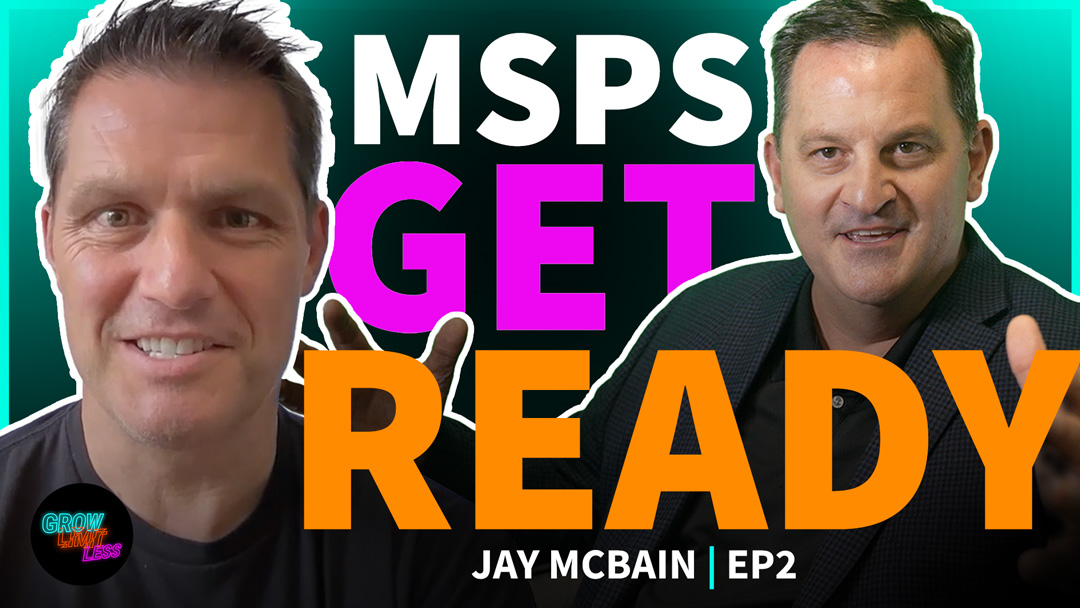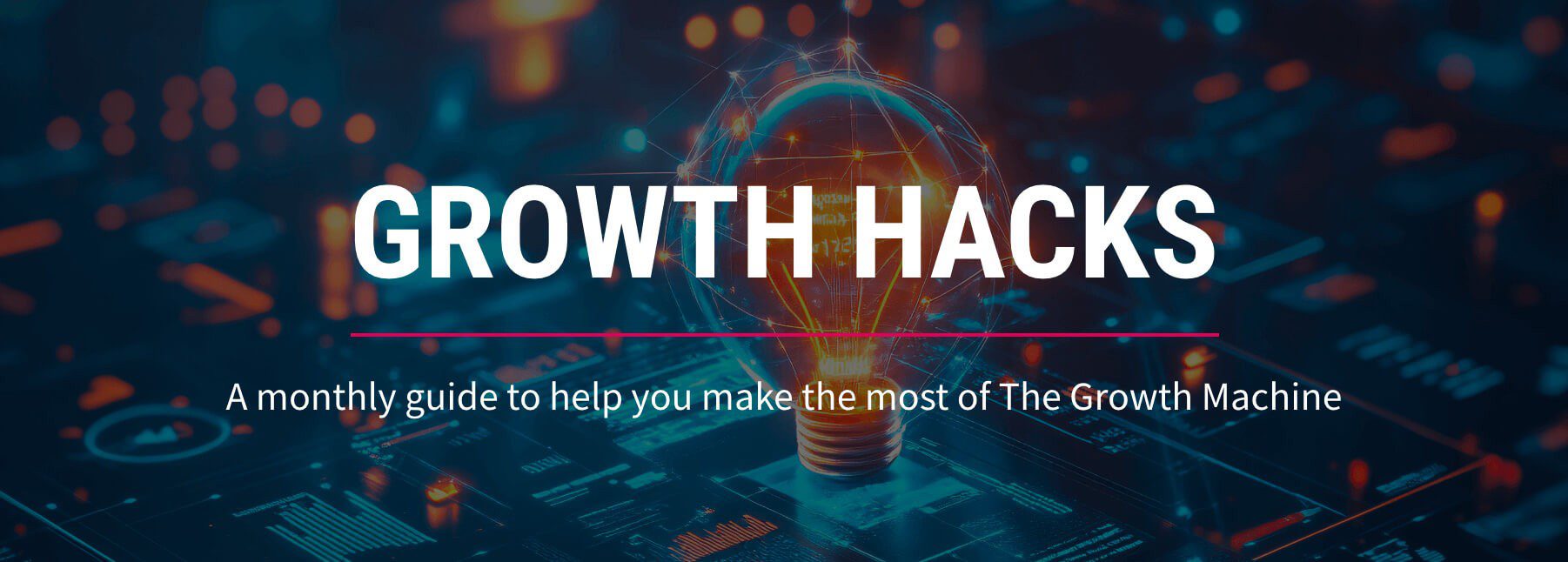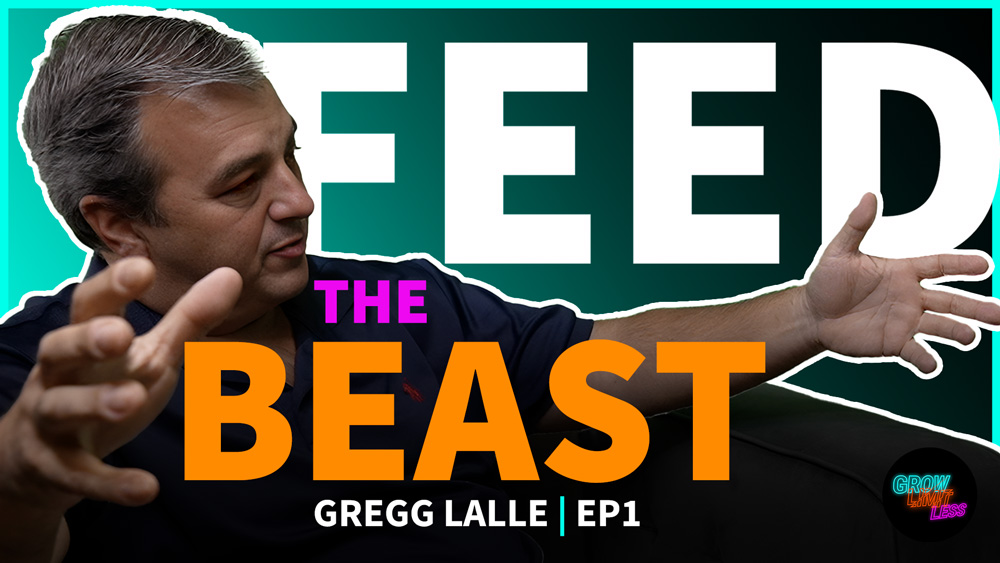Inbound marketing is more crucial than ever for MSPs aiming to thrive in a tech-driven marketplace. By aligning marketing strategies with customer behaviors and preferences and using inbound marketing tactics, your MSP can capture attention and build enduring relationships.
What is Inbound Marketing?
Unlike outbound marketing tactics, Inbound Marketing attracts an engaged audience through valuable content and experiences. It includes content tailored to audience needs, strategic SEO and social media engagement. By offering useful information as visitors seek solutions, inbound marketing turns visitors into leads and customers. This approach builds relationships by adding value pre-purchase, drawing prospects in rather than pushing messages out.
The Pillars of Inbound Marketing for MSPs
Content Marketing:
- What it is: Creating valuable content like blog posts, articles, infographics, videos and ebooks.
- Purpose: Educate and inform your audience by providing them with solutions and answers they’re searching for.
- How to do it: Follow guides like the ones provided by the Content Marketing Institute to craft a strategy that resonates with your target audience. Remember, the goal is to attract potential clients by offering them value that meets their needs.
SEO and Website Optimization:
- What it is: Improving your website and content to increase visibility on search engines.
- Purpose: To make it easier for potential clients to find you when they’re searching for information or solutions that you offer.
- How to do it: Utilize tips from SEO experts like Neil Patel on the basics of SEO and website optimization. By enhancing your site’s visibility, you’re employing an effective inbound marketing tactic to attract more visitors.
Social Media Engagement:
- What it is: Active participation and interaction on social media platforms.
- Purpose: To build and strengthen relationships with customers and increase brand awareness.
- How to do it: Platforms such as Twitter and LinkedIn are key. Follow advice from Sprout and Hootsuite on how to boost engagement on these platforms. Effective social media strategy enhances the brand’s presence and supports inbound marketing efforts.
Email Marketing:
- What it is: Sending tailored email content to your subscribers and potential leads.
- Purpose: To personalize experiences and nurture leads through targeted communication.
- How to do it: Use guides from Marketo and Mailchimp to craft email campaigns that engage and convert your audience. Personalized email content is a powerful tool for driving engagement and generating leads.
For MSPs unfamiliar with marketing or questioning its value, inbound marketing can seem challenging. However, by focusing on these key areas and utilizing available resources, MSPs can effectively attract, engage and delight customers, leading to growth and success in the competitive tech landscape.
Need help optimizing your inbound marketing strategy? Discover our comprehensive marketing services tailored for MSPs and vendors like you. Learn more.
Crafting Your Inbound Marketing Strategy
Creating an effective inbound marketing strategy is vital for MSPs seeking sustained growth. Below are crucial steps to take, accompanied by insightful resources:
- Identifying Your Audience: Understanding your audience is pivotal. Build detailed buyer personas by exploring the characteristics of your current client base and the challenges potential customers face. For more guidance on creating effective buyer personas, Hubspot offers a comprehensive tool and methodology: HubSpot’s Make My Persona tool.
- Setting Clear Objectives: Clear, measurable goals guide your inbound strategy. They should align with broader business ambitions and be specific, measurable, achievable, relevant and time-bound. For crafting SMART goals effectively, check the advice from MindTools: MindTools’ SMART Goals.
- Content Planning and Distribution: It is crucial to decide what content to create and how to distribute it. Use various formats like blogs, ebooks and webinars to match your audience’s preferences and behaviors. For strategic insights into content planning and the execution of an effective content calendar, CoSchedule offers valuable guidelines: CoSchedule’s Content Calendar Resources.
Best Inbound Marketing Tactics for MSPs
- Educational Content Creation: Offer insights that position your business as a thought leader. Moz’s Beginner’s Guide to SEO is an exemplary model of educational content that effectively drives traffic.
- Utilizing SEO for Lead Generation: Implementing targeted keywords can boost your online visibility, as detailed in Yoast’s guide on using SEO for lead generation.
- Leveraging Social Media Platforms: Engage potential clients by sharing impactful content. Hootsuite’s tips on social media strategy can help enhance your engagement on these platforms.
- Implementing Targeted Email Campaigns: Personalized emails can lead customers through their purchase journey.
Inbound vs. Outbound: Balancing Your Strategies
Use both inbound and outbound tactics to ensure comprehensive market coverage. This dual approach ensures that you are reaching potential clients at various touchpoints, optimizing your marketing efforts.
| Feature | Inbound Marketing Tactics | Outbound Marketing Tactics | Combined Strategy Benefits |
| Focus | Attracting customers through content they seek | Reaching out to customers directly | Broadens the potential customer base by targeting both active and passive prospects |
| Method | SEO, blogs, social media and content marketing | Email blasts, TV/radio ads, cold calling, direct mail | Ensures both engaging and direct communication channels are covered |
| Customer Stage | Best for middle to bottom of the funnel | Effective at the top of the funnel | Enhances the customer journey from awareness through to purchase |
| Measurement | Easier to measure through clicks, engagement and conversion metrics | Harder to measure, relies more on reach and impressions | Comprehensive analytics offer a fuller picture of marketing effectiveness |
| Cost | Generally lower cost focuses on organic reach | Higher cost due to paid channels | Optimizes budget allocation based on performance and reach |
| Engagement | Higher engagement with interested users | Lower engagement can be seen as intrusive | Balances brand visibility with meaningful interaction |
| Flexibility | Highly adaptable based on audience feedback | Set campaigns with less immediate adaptability | Allows for dynamic adjustment in strategies to market demands |
| ROI | Higher long-term ROI builds over time | Can offer quick boosts in visibility and short-term gains | Maximizes overall ROI through strategic investment in both methods |
| Examples | Blogging that targets specific buyer interests, social media campaigns and SEO strategies for organic search visibility | Television and radio ads, direct mail campaigns, telemarketing | A mixed approach that might include SEO-driven content to attract leads, supplemented by targeted email campaigns to re-engage or introduce products to them
|
Key Takeaways:
- Comprehensive Market Coverage: By balancing inbound and outbound strategies, you cover all bases, reaching potential clients wherever they are in their buying journey.
- Optimized Marketing Efforts: Combining these approaches allows for more efficient use of marketing resources, maximizing ROI.
- Engagement and Reach: Use engaging content to attract leads and direct outreach to convert them, ensuring a steady stream of prospects and clients.
- Balanced Costs: Efficiently allocate budget to maintain a balance between high-cost outbound and cost-effective inbound strategies.
By integrating inbound and outbound marketing, you can create a robust and comprehensive marketing strategy that ticks every box, ensuring you effectively reach and engage your target audience.
Measuring the Success of Your Inbound Tactics
To optimize your inbound marketing efforts and ensure they contribute effectively to your business goals, it is crucial to measure their success meticulously. Here’s how you can do this:
Key Performance Indicators (KPIs)
Identify and track the right KPIs to gauge the performance of your inbound marketing strategies effectively. These might include website traffic, lead generation rates, conversion rates, customer acquisition costs and customer lifetime value. Choosing the appropriate metrics will depend on your specific business goals and the nature of your campaigns.
Tools and Technologies for Monitoring Success
Use advanced tools and technologies to track the performance of your inbound marketing strategies. Tools such as Google’s Analytics Academy offer comprehensive insights into website traffic and user behavior, while platforms like HubSpot Marketing Hub can integrate various marketing efforts to provide a holistic view of engagement and conversions.
For a robust solution tailored to the needs of MSPs and technology vendors, Marketopia’s The Growth Machine furnishes a powerful sales and marketing automation platform with pre-built marketing campaigns and crucial analytics. It captures lead activity across multiple channels in one centralized dashboard.
To explore these tools further, visit:
- The Growth Machine: Marketopia
- Google Analytics Academy: Google Analytics
- HubSpot Marketing Hub: HubSpot Marketing Hub
Implementing these tools will not only help you track essential metrics but also assist in refining your marketing strategies based on data-driven insights.
Future Trends in Inbound Marketing for MSPs
It’s important to stay updated with AI advancements, personalized marketing, and interactive content. Marketopia explores future trends in inbound marketing tactics that could redefine customer interactions.
Case Studies: Successful Inbound Marketing in Action
Explore Marketopia’s Success Stories, and Cisco’s and HubSpot’s case studies for real-world examples of successful inbound marketing tactics in both b2b and b2c scenarios.
Conclusion
Effective inbound marketing for MSPs requires a dynamic, integrated approach that aligns with digital trends. Inbound marketing strategies and tactics, from SEO to social media engagement, provide a foundation for growth and customer loyalty.
Check Out Our Other Services
Explore our range of services designed to elevate your business:
- Peer Groups: Collaborate with industry experts to share insights and solve challenges.
- TGM (The Growth Machine): Comprehensive marketing solutions to drive business growth.
- E-commerce Campaigns: Pre-built, proven marketing campaigns tailored for MSPs.
- SCaaS (Sales Closer as a Service): Expert sales team to convert leads into customers.
- Guaranteed Appointments: Ensure a steady stream of high-quality meetings.
For more information, visit our What We Do page.
Call to Action
Is your MSP ready to amplify its marketing strategy? Contact Marketopia today for an inbound marketing consultation and explore our inbound marketing services to leverage strategic inbound marketing to your advantage.
The Marketopia team is ready and waiting to help.
FAQ
How often should I update my content strategy?
Reviewing and adjusting your content strategy at least quarterly is vital to align with evolving market trends and customer feedback.
Which social media platforms are best for MSPs?
LinkedIn and Twitter are typically the most effective for B2B communications, though the best platforms may vary based on your target audience.
How important is mobile optimization for my website?
It is absolutely essential. Google prioritizes mobile-friendly sites in its rankings, as detailed in its guide to mobile-first indexing.







